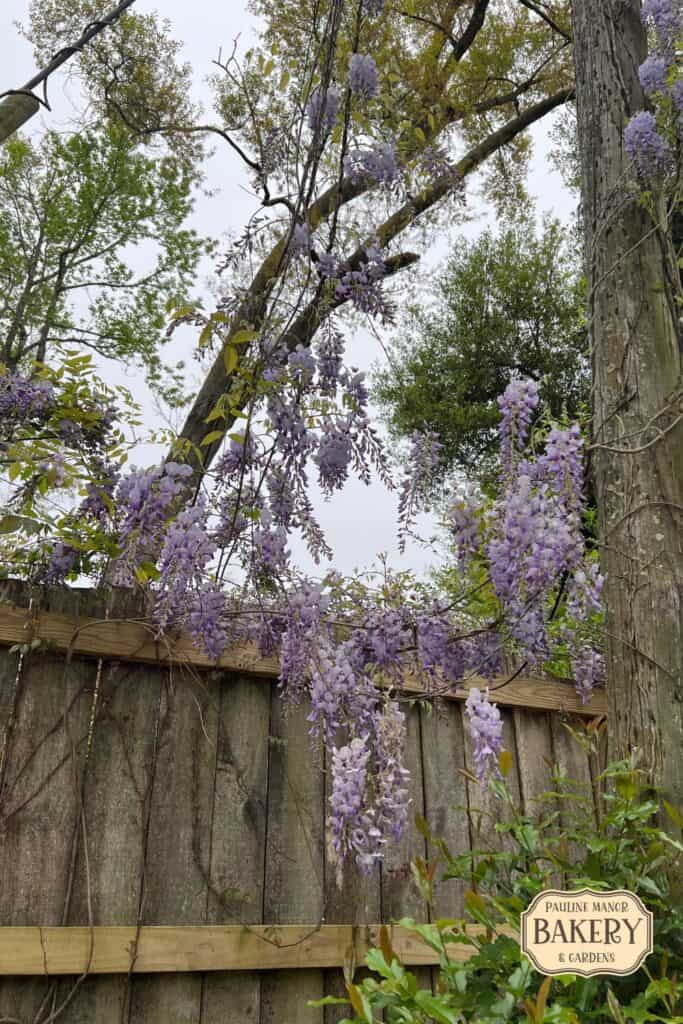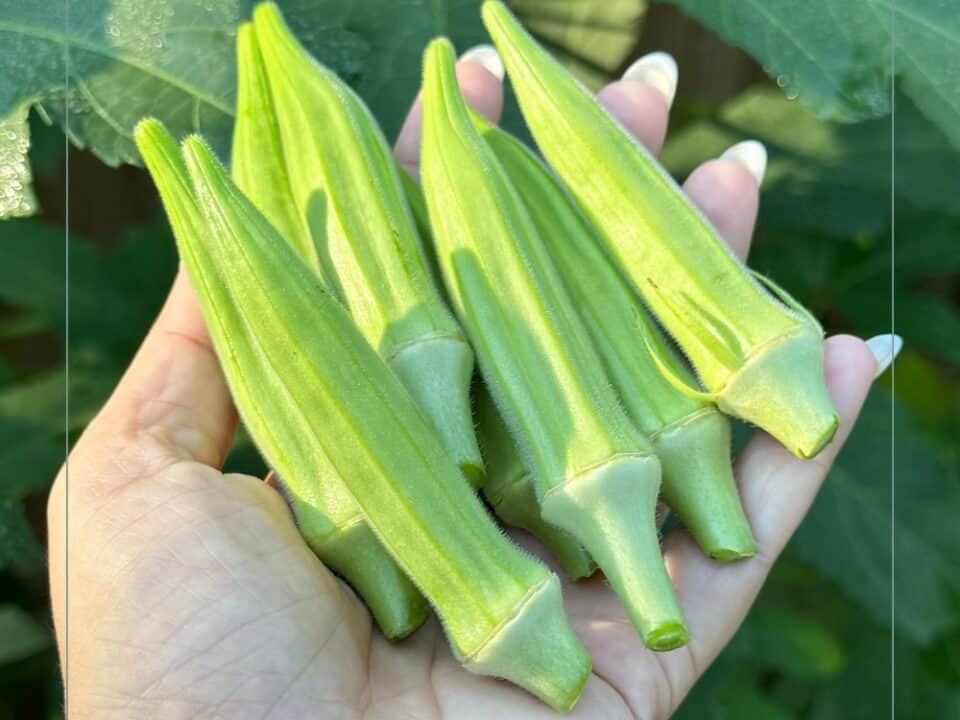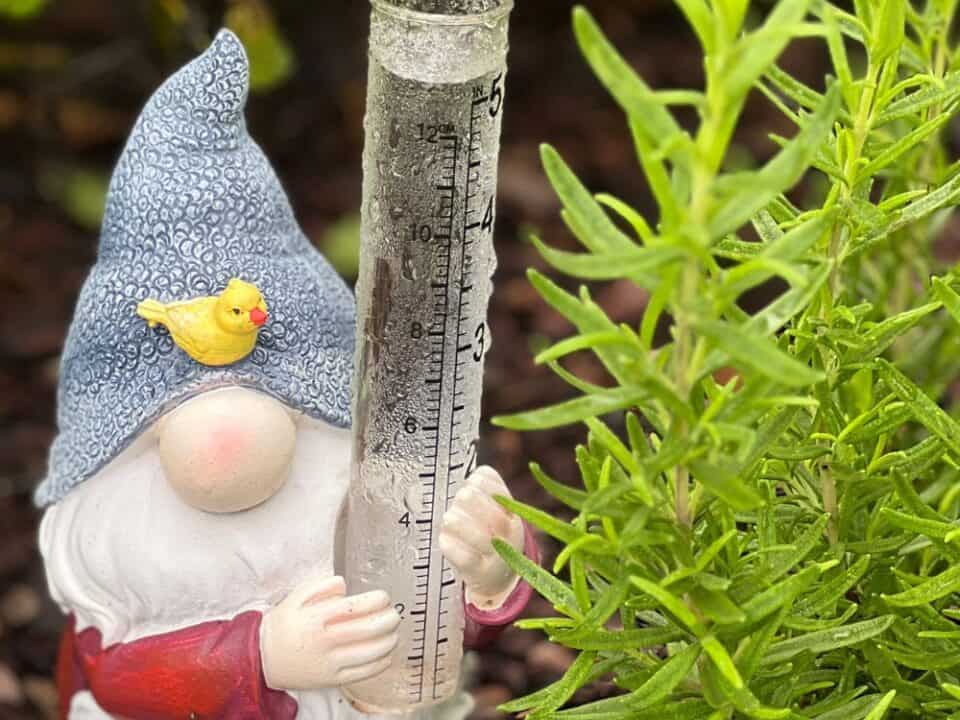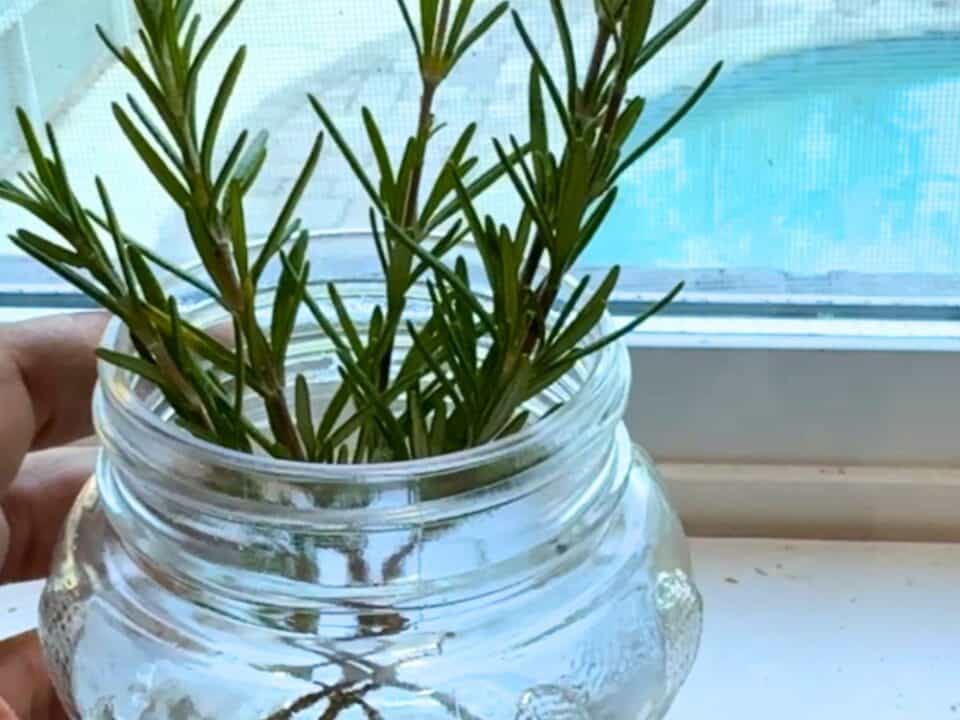When the Wild Wisteria Took Over
Something wild and beautiful happened around Pauline Manor.
The garden, greenhouse, and even the edges of the gravel parking area were suddenly covered in a cascade of purple blooms. I didn’t plant it, I didn’t plan it, and I definitely wasn’t expecting it. But there it was. Wild wisteria, climbing and twirling through the trees, putting on a full show like it had been waiting for just the right moment.
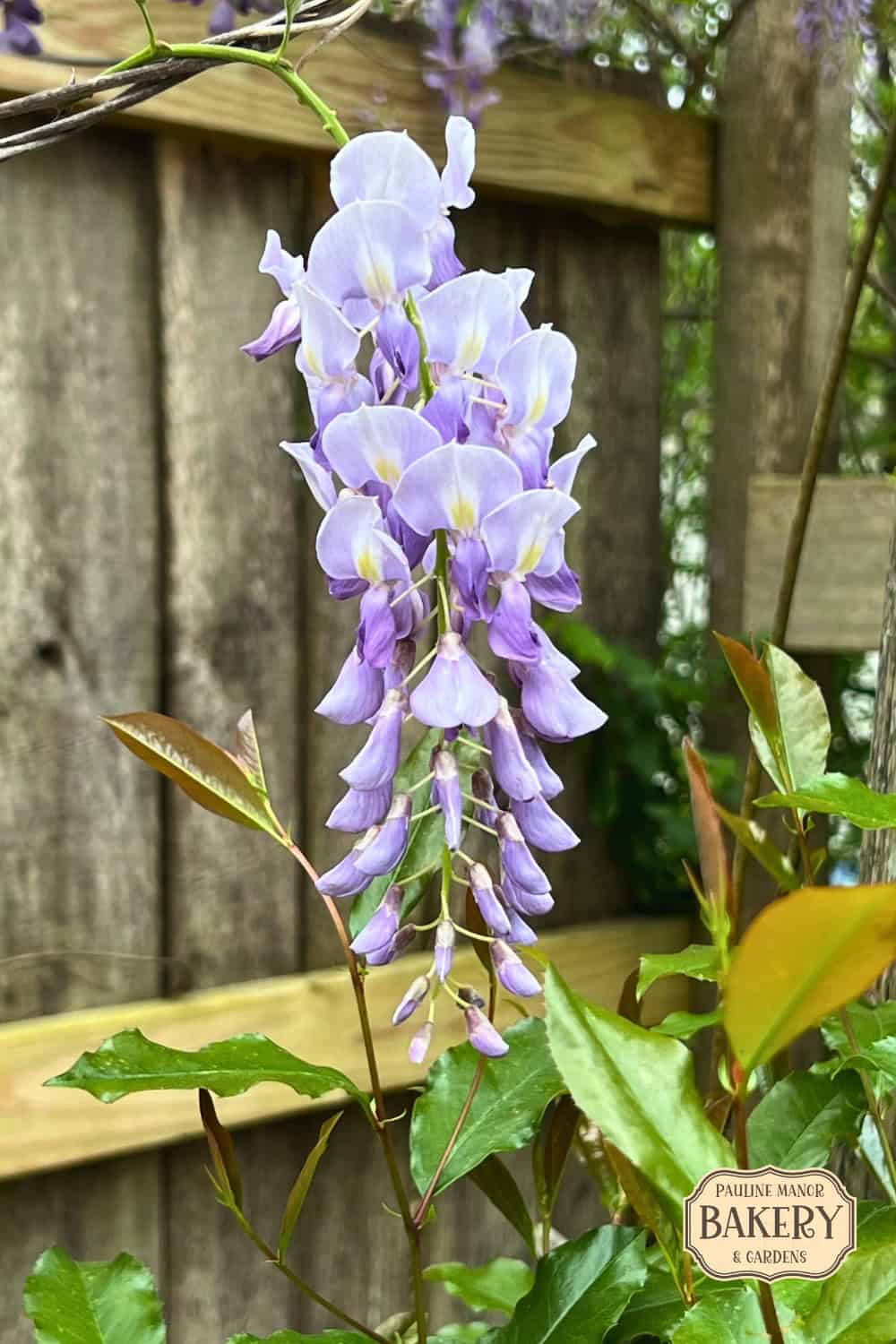
Here’s the crazy part: it wasn’t here the first year we lived here. Not even a little bit. I remember walking those same areas and dreaming of someday planting vines or climbing flowers to soften the fence line. And then out of nowhere, nature beat me to it. The second spring, it just exploded.
I took so many photos and videos because, honestly, it didn’t feel real. The blooms were thick and fragrant and had that perfect soft purple color that looks like something out of a fairy tale. For about two weeks, the whole place smelled like honey and magic. It was the kind of bloom that makes you stop in your tracks and just stare.
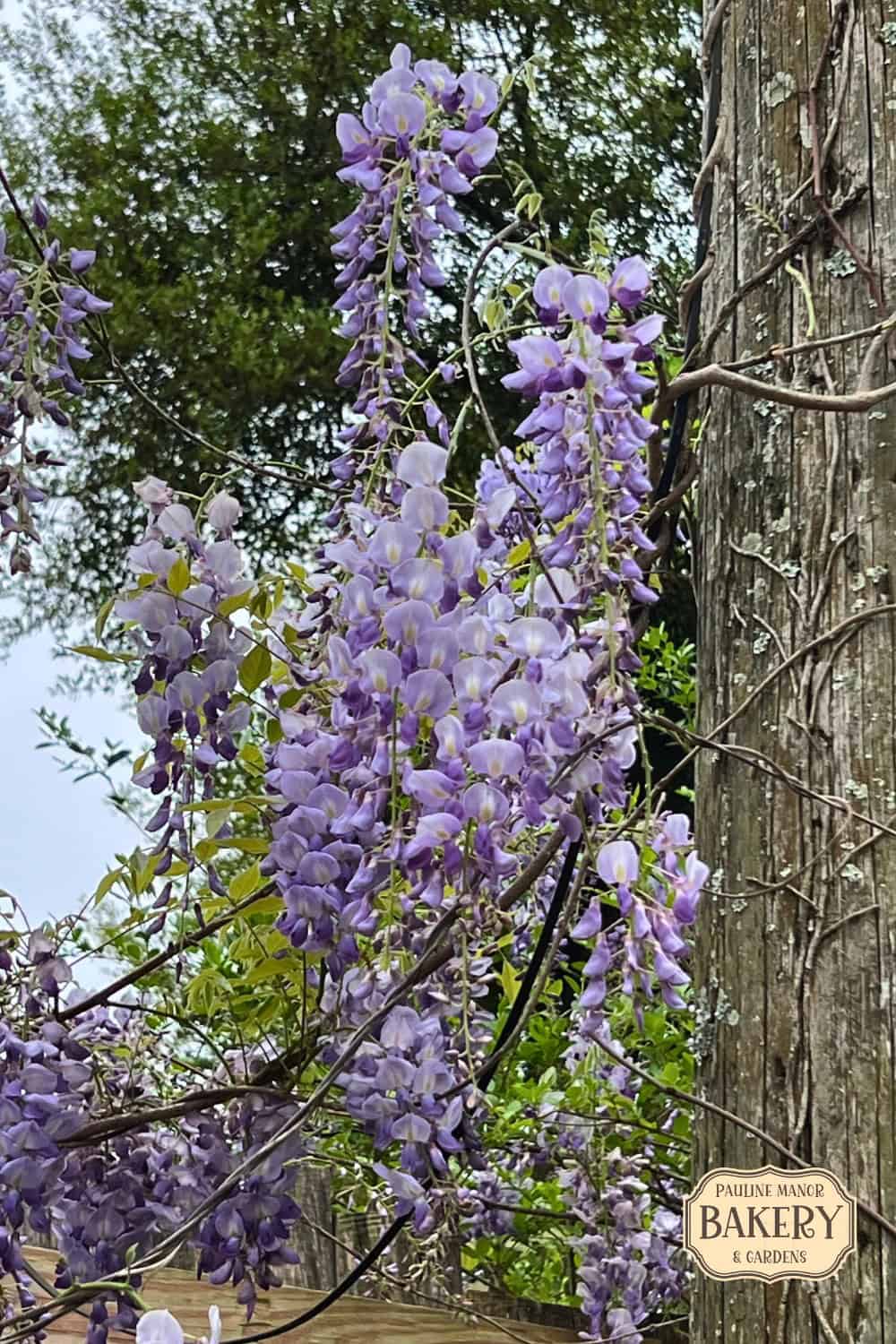
Of course, once I got over the awe, I started to wonder where it came from… and if it was going to take over everything. So I did some research.
Is Wisteria Invasive?
Short answer: it can be.
There are two main types of wisteria—Chinese (Wisteria sinensis) and Japanese (Wisteria floribunda)—and both are known to be aggressive growers that can take down trees, fences, and pretty much anything in their way if left unchecked. The kind that showed up here is most likely Chinese wisteria, based on the way it twines counterclockwise and how early it blooms. It’s beautiful, but it spreads fast.
In the South, wild wisteria has a reputation. It’s been around long enough to naturalize in some areas, which means it grows freely in the wild like it belongs there… even if it’s technically considered invasive. It can spread through underground runners and seeds, and if you don’t stay on top of it, it can choke out native plants and damage structures.
What We’re Doing About It
Right now, I’m taking the middle-ground approach. We’re trimming it back after bloom season and keeping it off anything important, like the greenhouse frame and garden beds. But I’m also letting it grow in a few places where it looks beautiful and adds that romantic, overgrown charm that old homes wear so well.
Eventually, I may try to train some of it intentionally with support structures or use it to shade part of the parking area in summer. But for now, we’re just appreciating the surprise bloom and keeping an eye on its growth.
If you’ve ever had wild wisteria show up on your property, you know it’s a love-hate relationship. It’s stunning while it’s blooming, and it can be a nightmare if you ignore it the rest of the year. But honestly, this is one of those times where I’m letting beauty win. At least for now.
